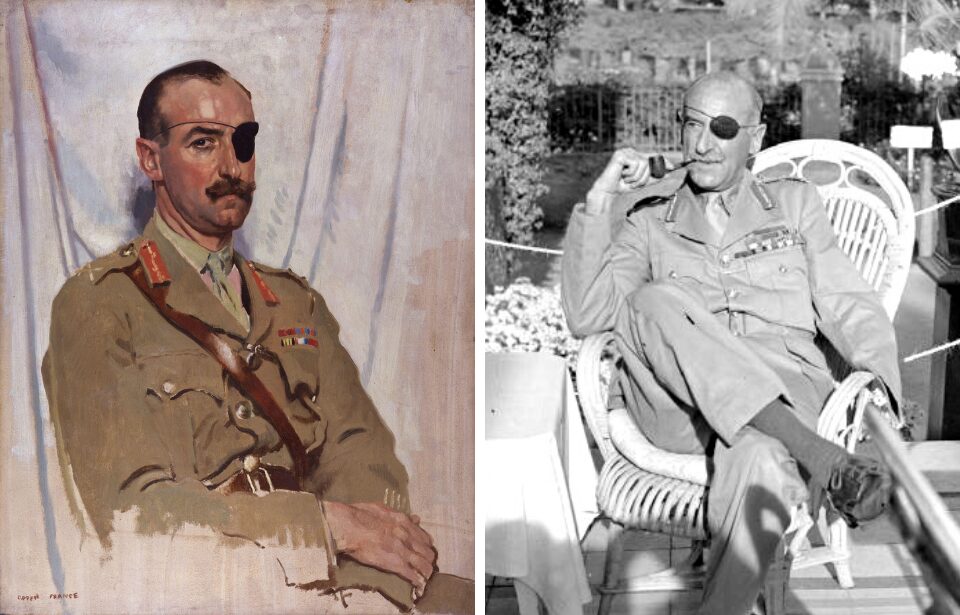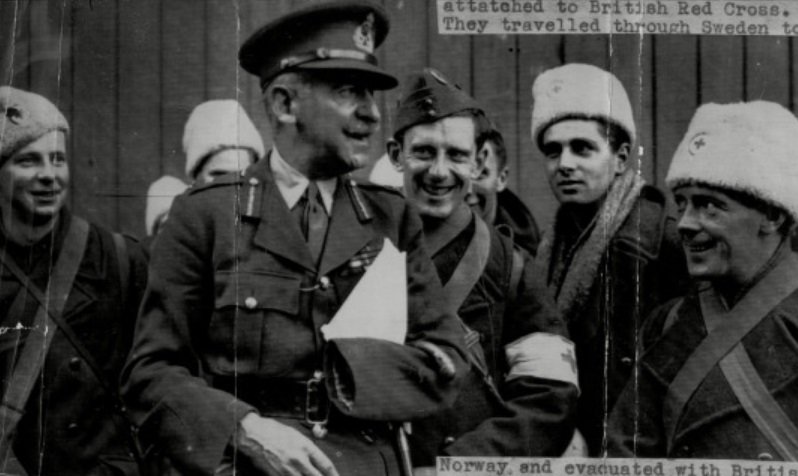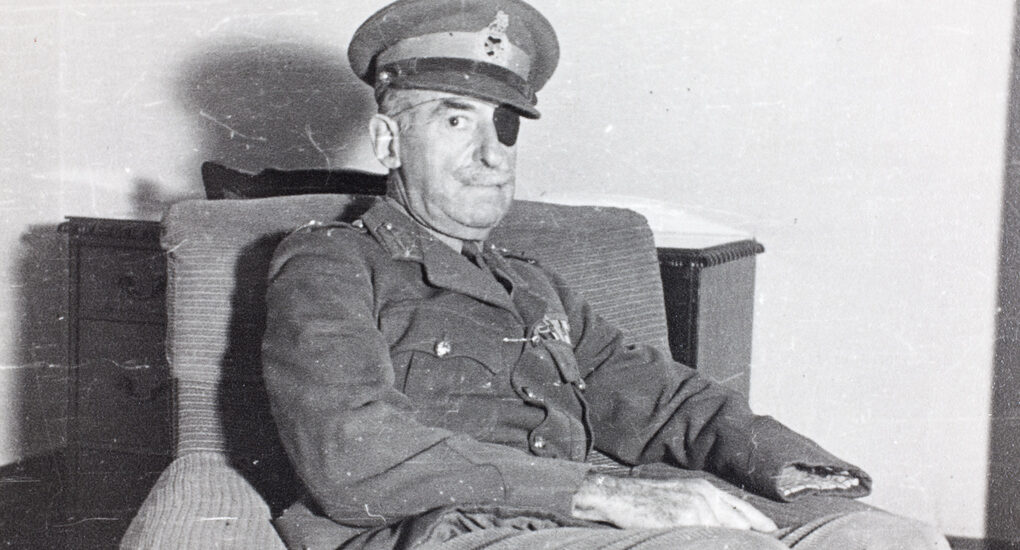Stoessi’s Heroes is all about extraordinary individuals whose lives bend the limits of courage, resilience, and sheer audacity. Today, we shine a spotlight on one of the most legendary and eccentric soldiers in modern military history: Sir Adrian Carton de Wiart.
Who Was Adrian Carton de Wiart?
Born on 5 May 1880 in Brussels into an aristocratic family, Adrian Paul Ghislain Carton de Wiart’s early life was already unusual. Although Belgian by birth, he later naturalized as British. From a young age he navigated multiple cultures—spending time in Belgium, England, and Egypt—and developed a restless spirit that would define his military career.
He attended the Oratory School in England and later matriculated (briefly) at Oxford. But when war came calling, he abandoned academia and enlisted—falsely claiming his age and identity—to serve in the Boer War.

A Life Written in Wounds and Bravery
Carton de Wiart’s military record reads like an epic of survival and audacity. He served in the Boer War, the First World War, and the Second World War—often in the thick of the action, despite grievous injuries.
- In the Boer War he was wounded in the stomach and groin, yet persisted.
- In the Somaliland campaign (WWI), he was shot twice in the face, losing one eye and part of his ear. He received the Distinguished Service Order (DSO) for his bravery.
- Over the course of WWI, he accumulated multiple wounds: losing his left hand in 1915, being shot in the skull, ankle, hip, leg, and ear in various battles (Somme, Passchendaele, Cambrai, Arras).
- Legend has it that when a doctor refused to amputate his mangled fingers, he bit them off himself.
In 1916, he was awarded the Victoria Cross, Britain’s highest decoration for valor.
After WWI, Carton de Wiart served in Poland, supporting the young Polish state in the chaos of postwar border conflicts.
Second World War & Diplomatic Missions
Even in advanced age he remained in the fray:
- In 1939, he was recalled to lead the British Military Mission to Poland. As the invasion unfolded, he escaped a Luftwaffe attack and withdrew under dangerous conditions.
- In 1940, he took part in the Norwegian campaign, commanding forces in extremely difficult circumstances, eventually overseeing a withdrawal under fire.
- Later, he was captured during a mission to Yugoslavia when the plane he traveled in crashed in enemy territory. He endured captivity, made multiple escape attempts (even digging tunnels), and once evaded capture disguised as an Italian peasant—despite being wounded, elderly, and notoriously conspicuous.
- In 1943, he was released under secret arrangements, and Churchill appointed him as his personal representative to China. During his service in China, he acted as a liaison between British and Chinese leadership amid delicate wartime politics.
- He remained in that role until 1947, when he formally retired with the honorary rank of lieutenant-general.
Character & Legacy
Carton de Wiart was more than his wounds. He was known as a man of bold speech, audacity, and bitter humor. With an eyepatch, one missing hand, and scars across his body, he was a walking legend—half pirate, half warrior.
Winston Churchill once remarked that governments may talk, but force is the “only real and unanswerable power”—words that suit Carton de Wiart’s life approach.
He is often cited as a model for Evelyn Waugh’s fictional Brigadier Ritchie-Hook in Sword of Honour, an eccentric and uncompromising soldier.
Carton de Wiart passed away on 5 June 1963 in County Cork, Ireland, at the age of 83.

Why He Fits in Stoessi’s Heroes
In our gallery of heroic figures, Carton de Wiart stands out for extremes: extremes of wound, extremes of survival, extremes of will. His story doesn’t just celebrate military success—it exemplifies resilience, personal mythmaking, and the sheer refusal to stay down. A character like this demands a miniature, a shadow-etched silhouette, a presence at tabletop battles and in minds alike.
If you sense you’re sketching a bold legacy here, so do we.

